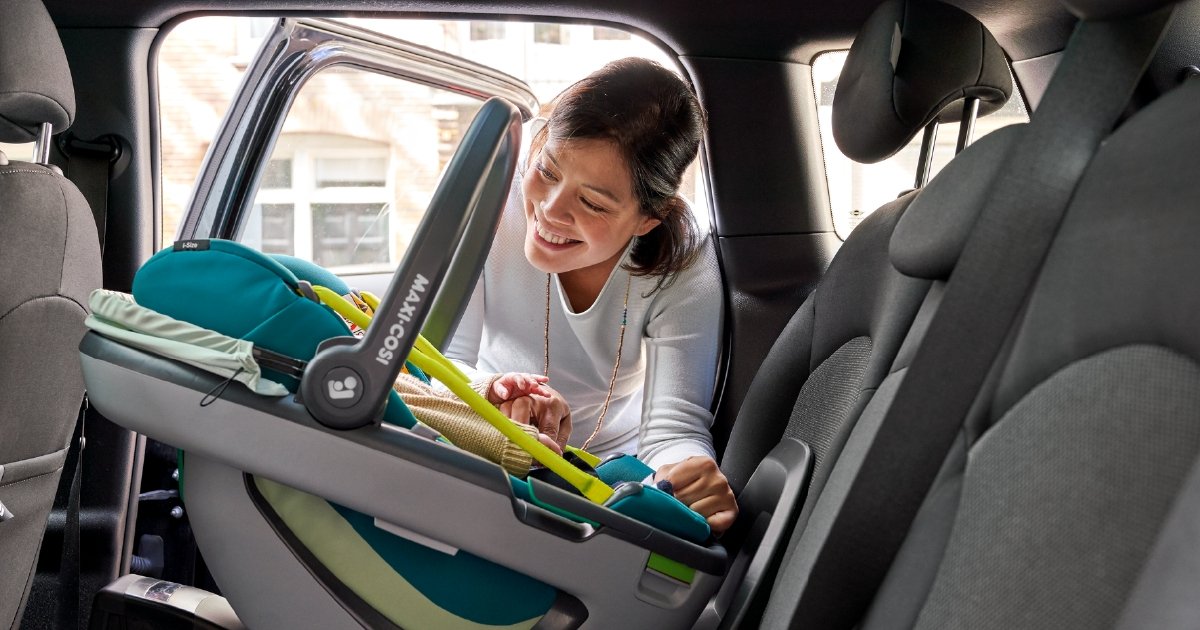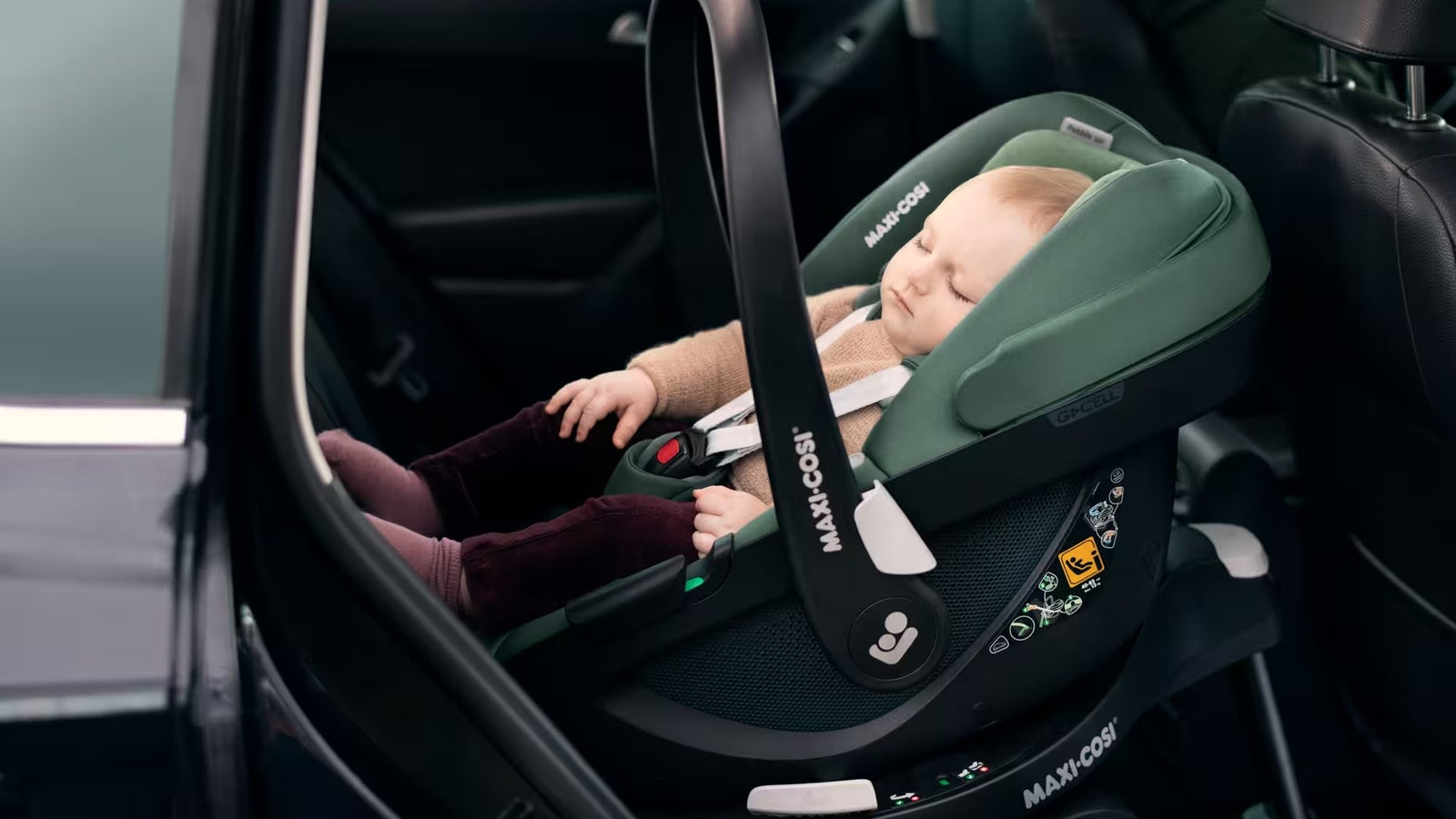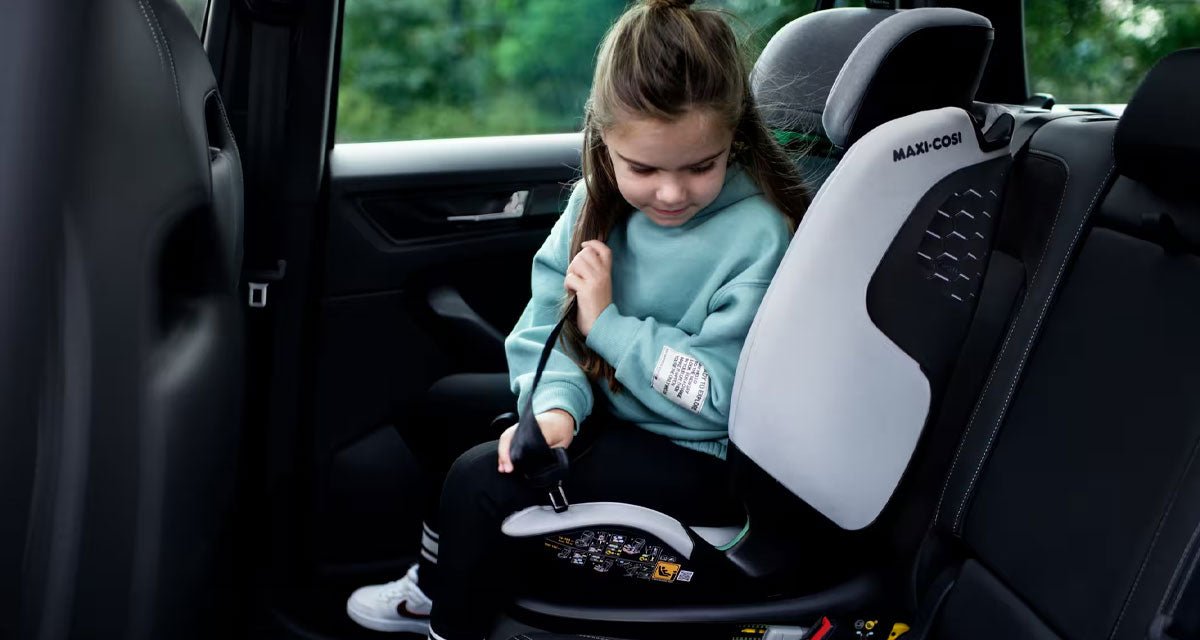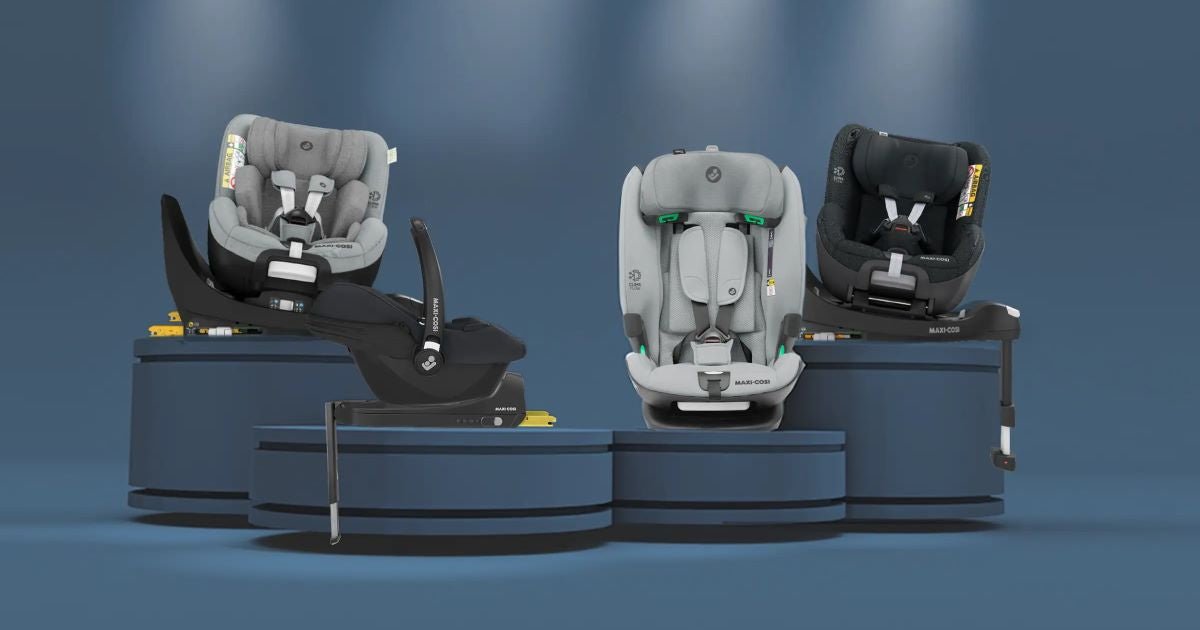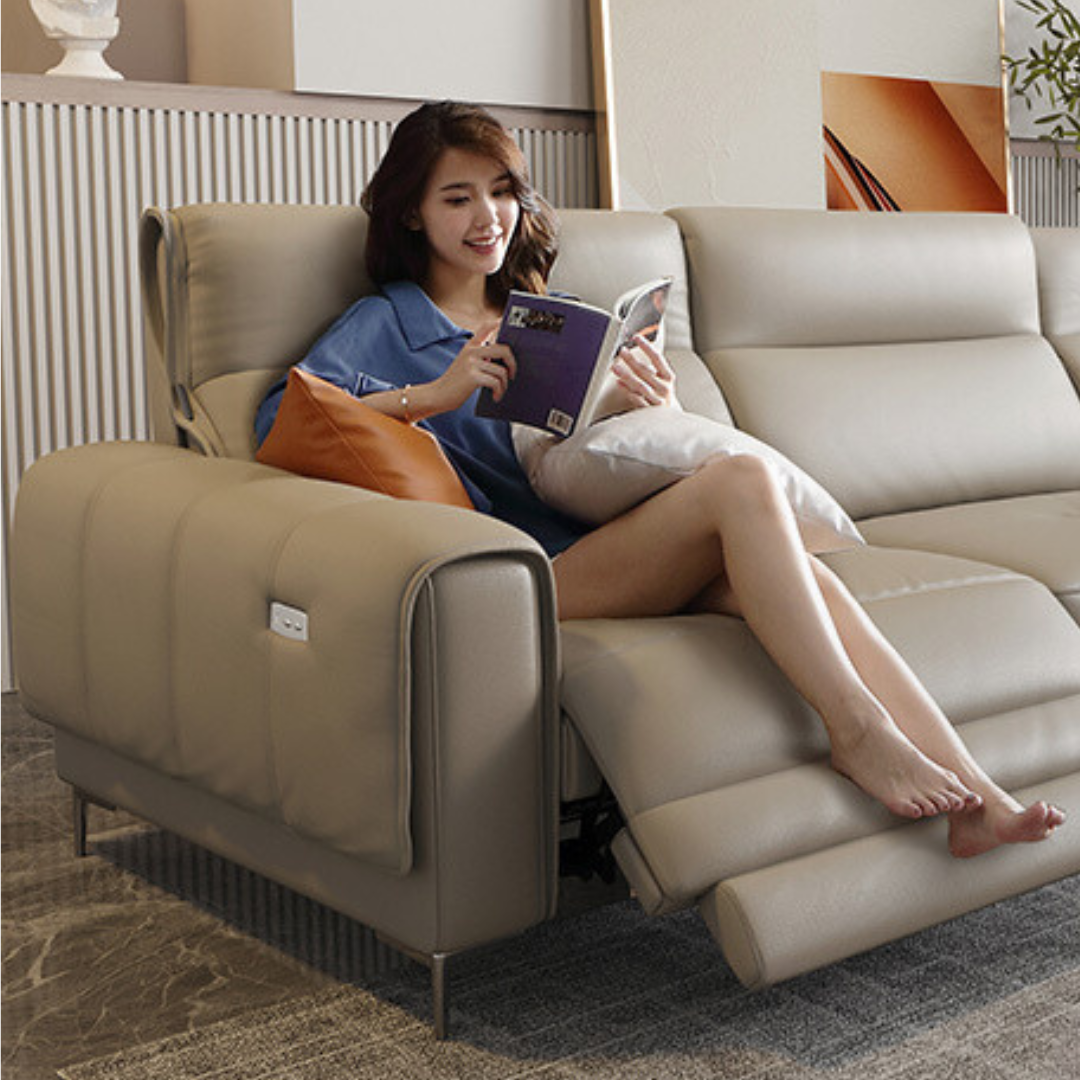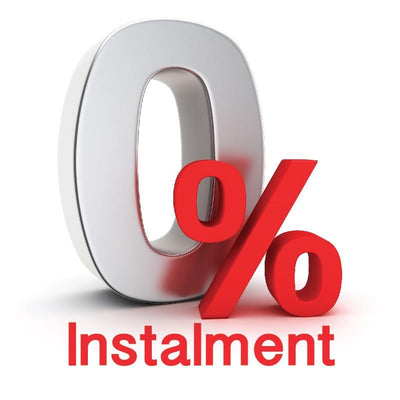When you’re choosing a new car seat, it has to meet ECE R129 or R44 safety standards. If it doesn't, you'll be breaking the law and you could be putting your child in danger. Here we explain ‘what is i-Size?’ to help you to decide which is the best car seat for you.
What is i-Size?
i-Size is a European car seat safety standard that was launched in 2013. The R129/i-Size car seat standard is the most up-to-date safety standard for car seats.
What makes i-Size different from ECE R44?
The older ECE R44 standard is based on the weight of your child. By contrast, i-Size is height-based.
The guidelines on what car seat is suitable are based on a child's height. Usually parents are more aware of the height of their child than their weight. This means that i-Size makes it easier to be sure you are using the right car seat for your child.
Shop for Maxi-Cosi i-Size car seats here.
i-Size safety for your peace of mind
i-Size car seats are considered to be the safest, with improved head and neck protection. That's because:
- Side-impact crash test results are assessed as part of the i-Size standard.
- i-Size safety tests are completed using advanced Q-dummies, which have more sensors than the dummies used for the R44 test.
- Your baby must travel in the very safe rear-facing position up to the minimum recommended age of 15 months. Some i-Size car seats can even be used rear-facing until your child is 105 cm tall, which is around four years old.
Bare in mind that, according to i-Size, your baby or toddler car seat needs to be installed using ISOFIX. An i-Size car seat with ISOFIX connectors attaches the car seat directly to your car’s chassis and is therefore more likely to be correctly fitted in your vehicle. Note that you need an additional ISOFIX base to install a baby car seat using ISOFIX.
Find out more about why you should choose an i-Size car seat here.
What’s the benefit of travelling rear-facing?
If you’re using an i-Size car seat, your baby must travel rear-facing until they are 15 months old. Travelling rear-facing will protect your baby’s delicate neck and head by spreading the forces of the impact if there is a head-on collision. Some i-Size car seats allow your growing child to travel in the rear-facing position for even longer, exceeding the safety standards and giving you even more confidence.
You can find out more about the benefits of rear-facing travel here.
How can I tell if a car seat is i-Size?
To find out if a car seat reaches the i-Size regulations, check the orange label.
Will an i-Size seat fit in my car?
All i-Size car seats in the baby and toddler category are attached using ISOFIX. According to the i-Size regulation it is not mandatory to install a child car seat using ISOFIX. If you are not sure if a car seat with ISOFIX fits your car, check the vehicle handbook to find out if your car has ISOFIX connectors.
Most new cars are i-Size approved and i-Size car seats generally fit any of these vehicles. However, some i-Size car seats fit non i-Size approved cars too. To be sure that the i-Size car seat fits your car, we advise you to check our online Car Fitting List.
i-Size meets convenience
If i-Size safety, convenience and getting ready to go quickly are high on your must-have list, look for a rotating i-Size car seat. These allow you to turn the seat to face you to make it easy to put your child in, buckle up and go.
Take a look at rotating Maxi-Cosi i-Size car seats here.
Recommended Links
- Our Top Rules - Buying & Installing Baby Car Seats.
- Car Seats For Taxis / Grab / Gojek - Top 10 Features.
- What Does i-Size Mean for Baby Car Seats?
- We answer the 16 most asked questions about baby car seats
- Choosing The Right Baby Car Seat For Singapore.
- Choosing The Right Baby Stroller.
- Follow our facebook page for the latest deals.

